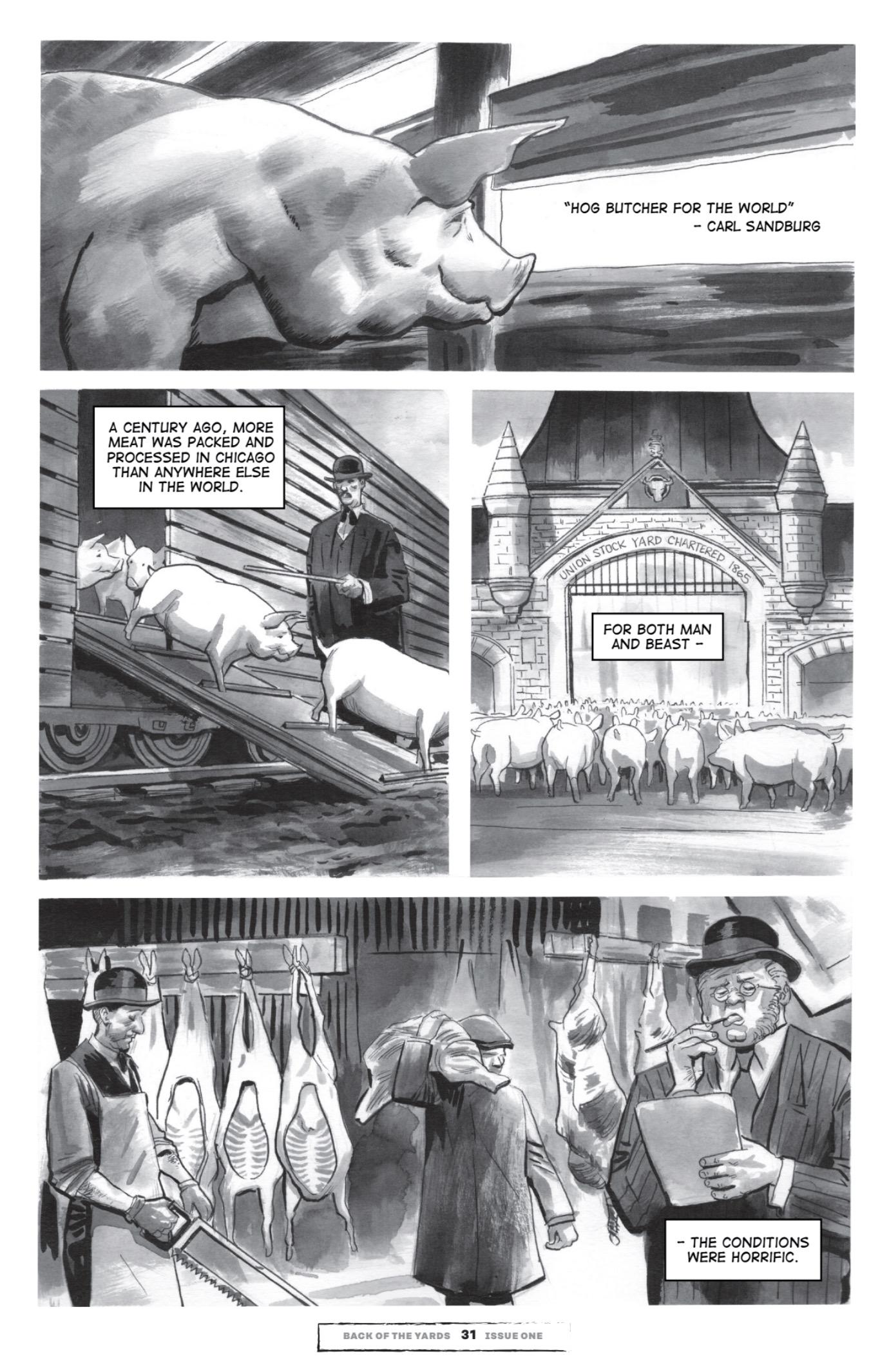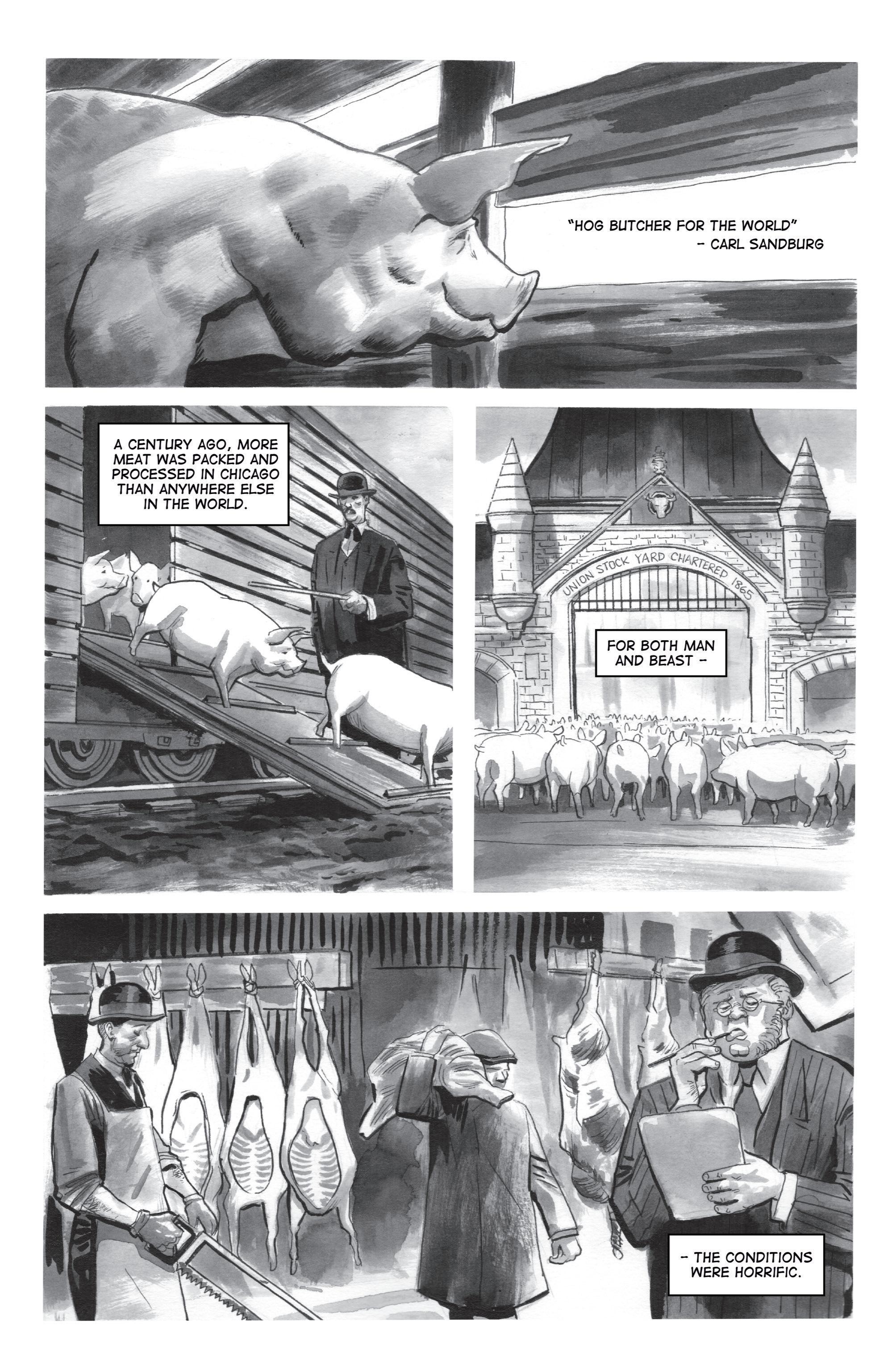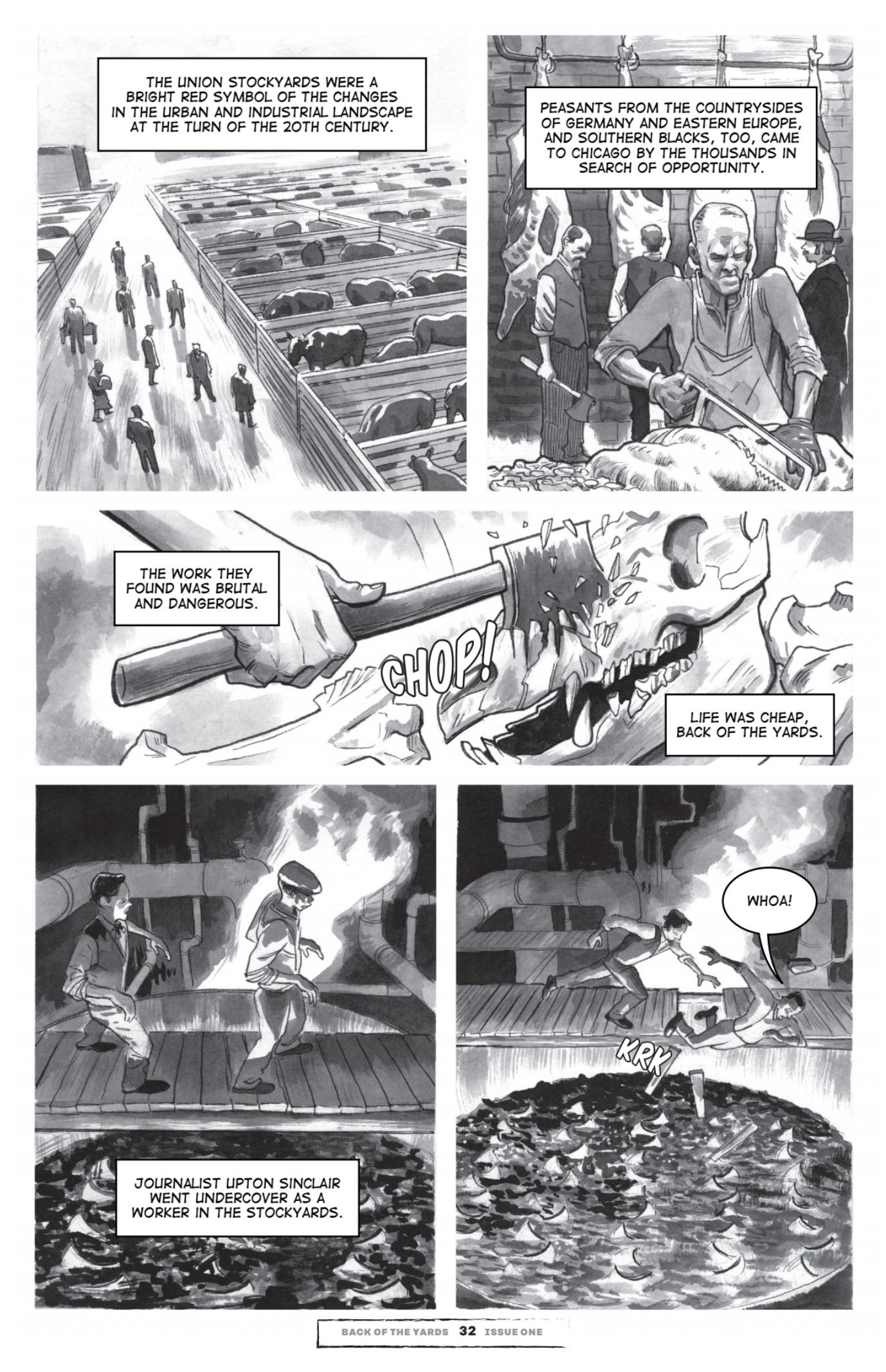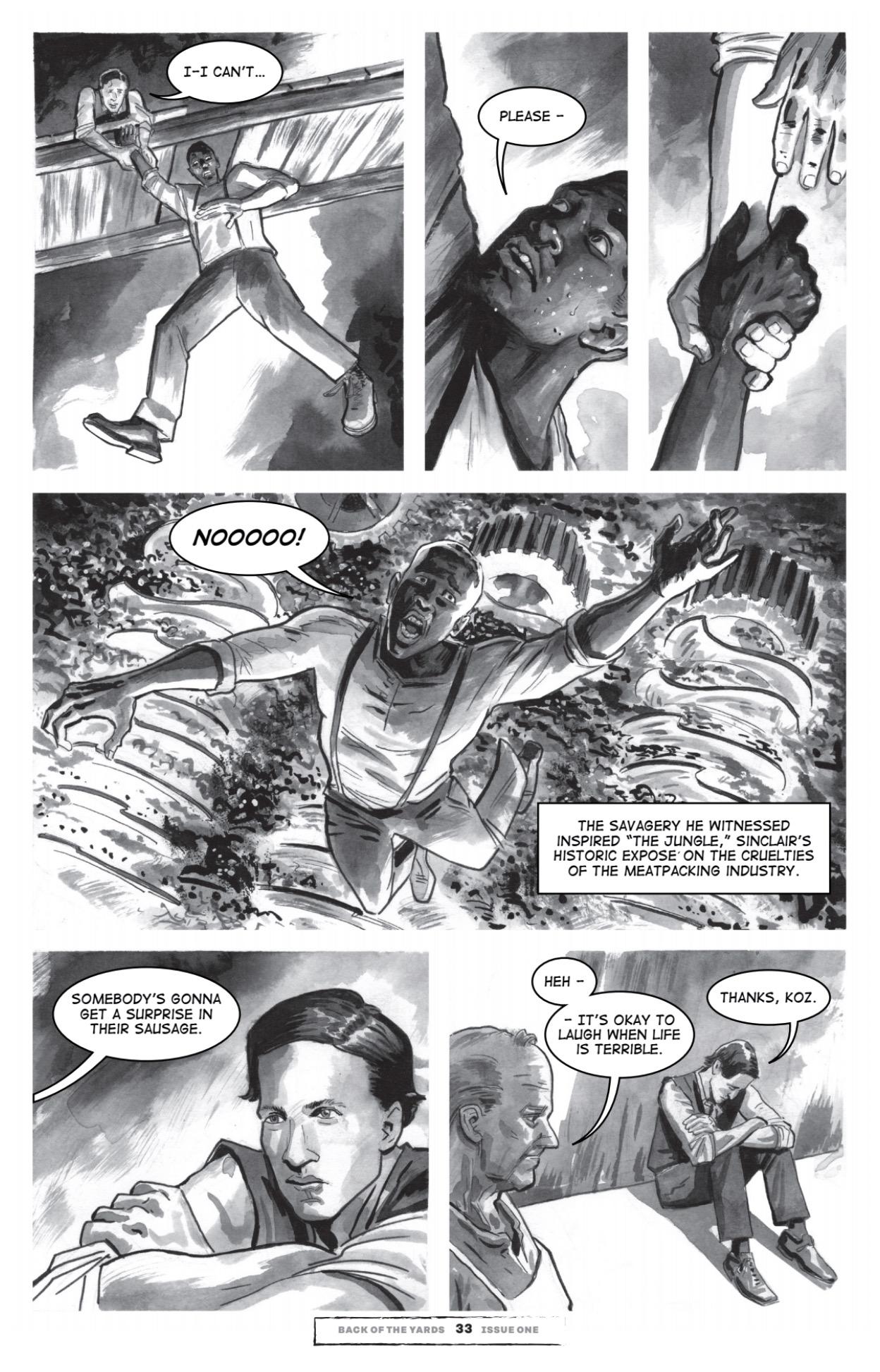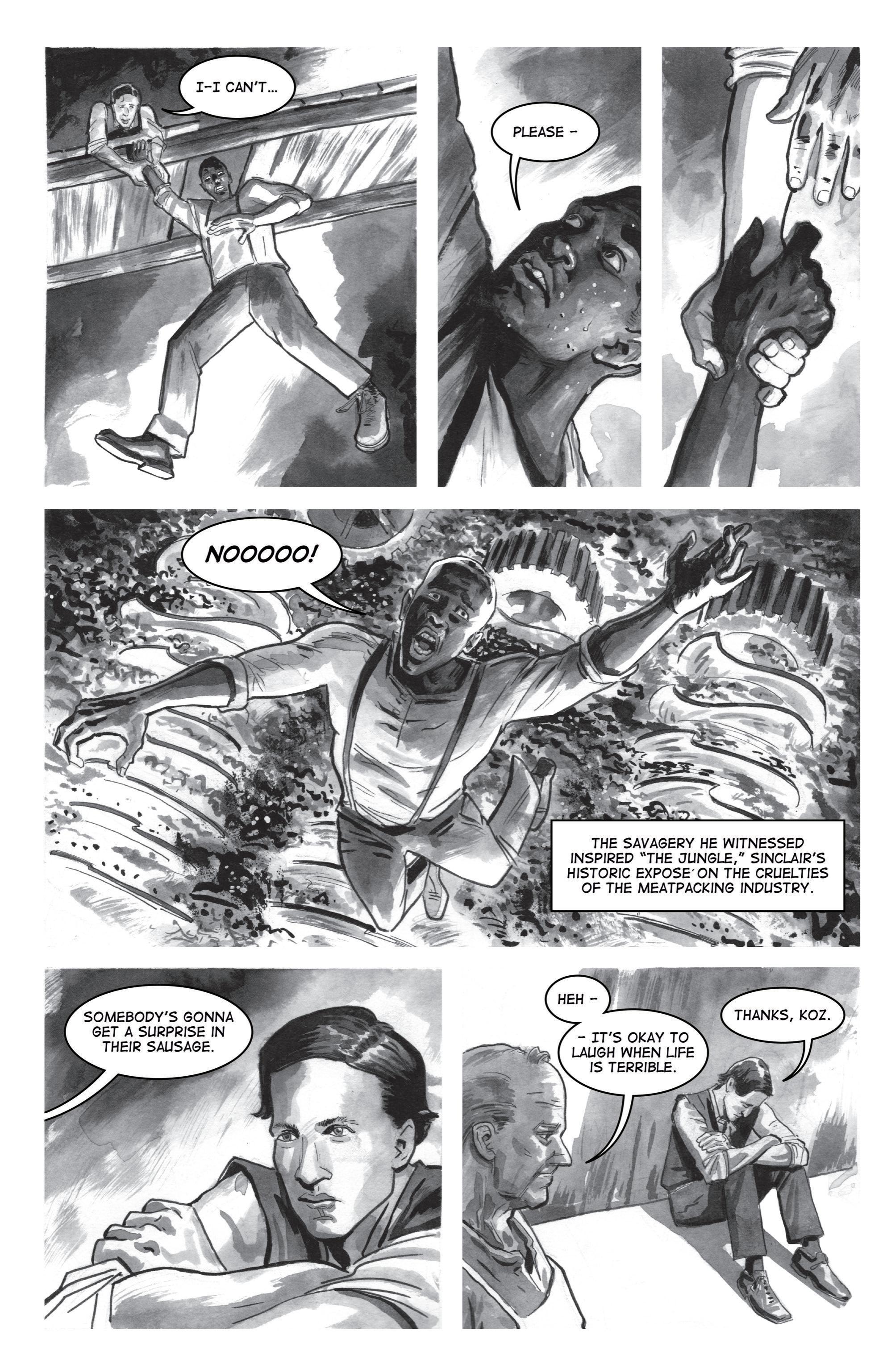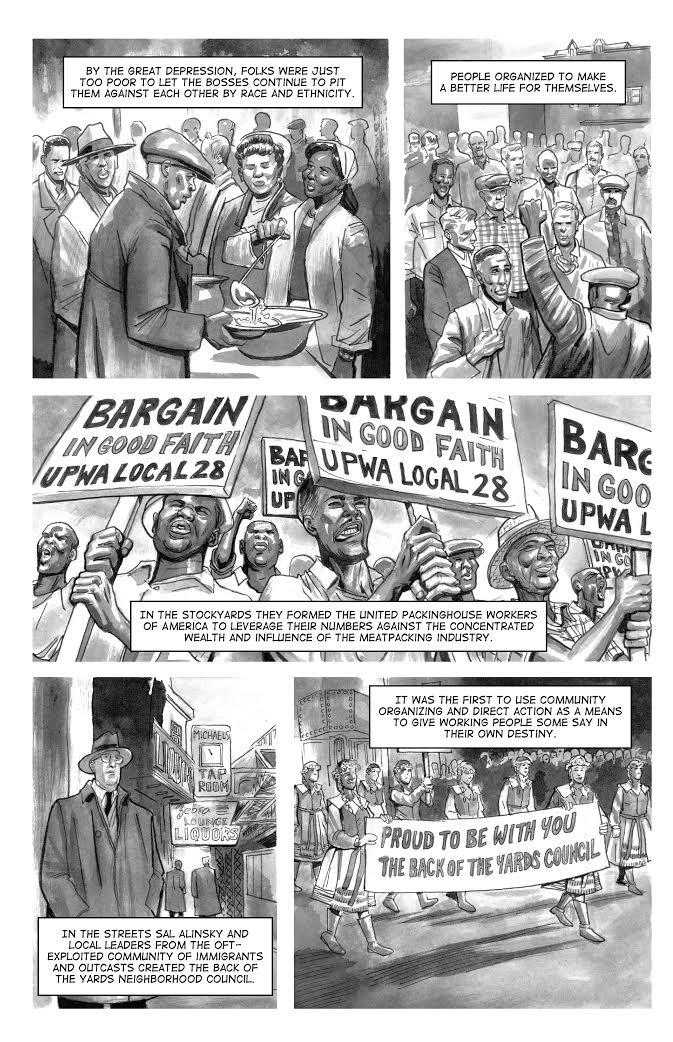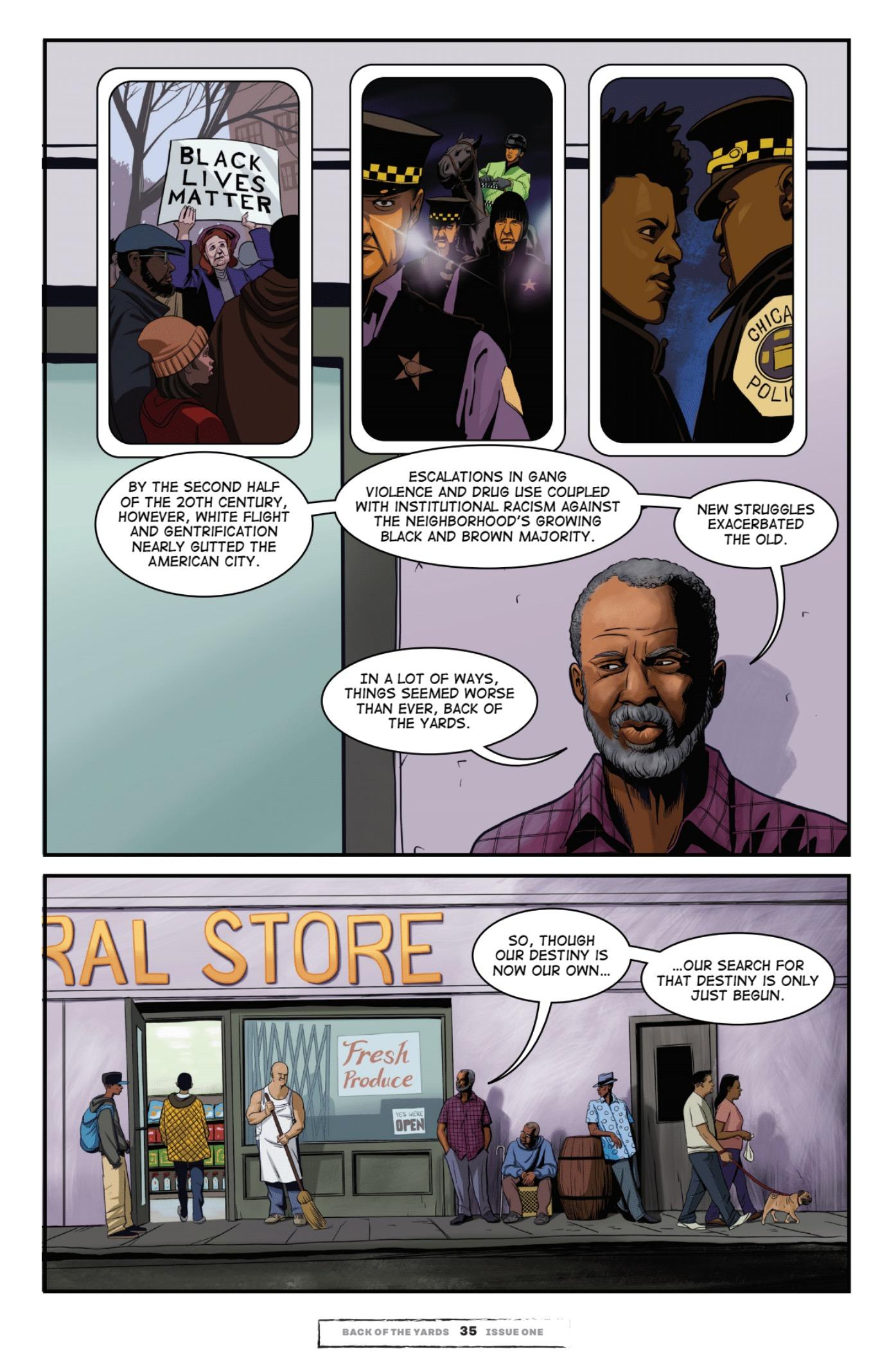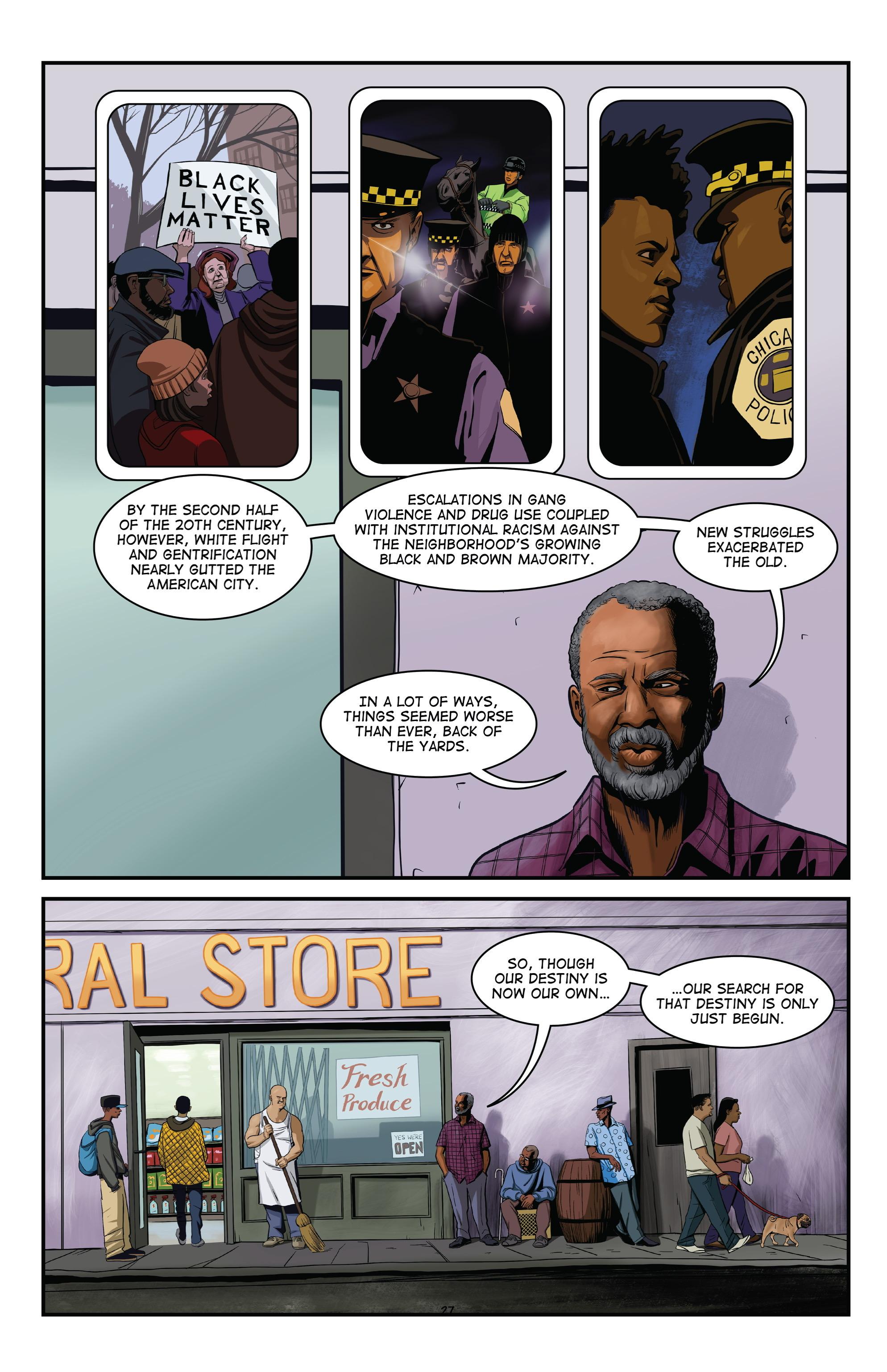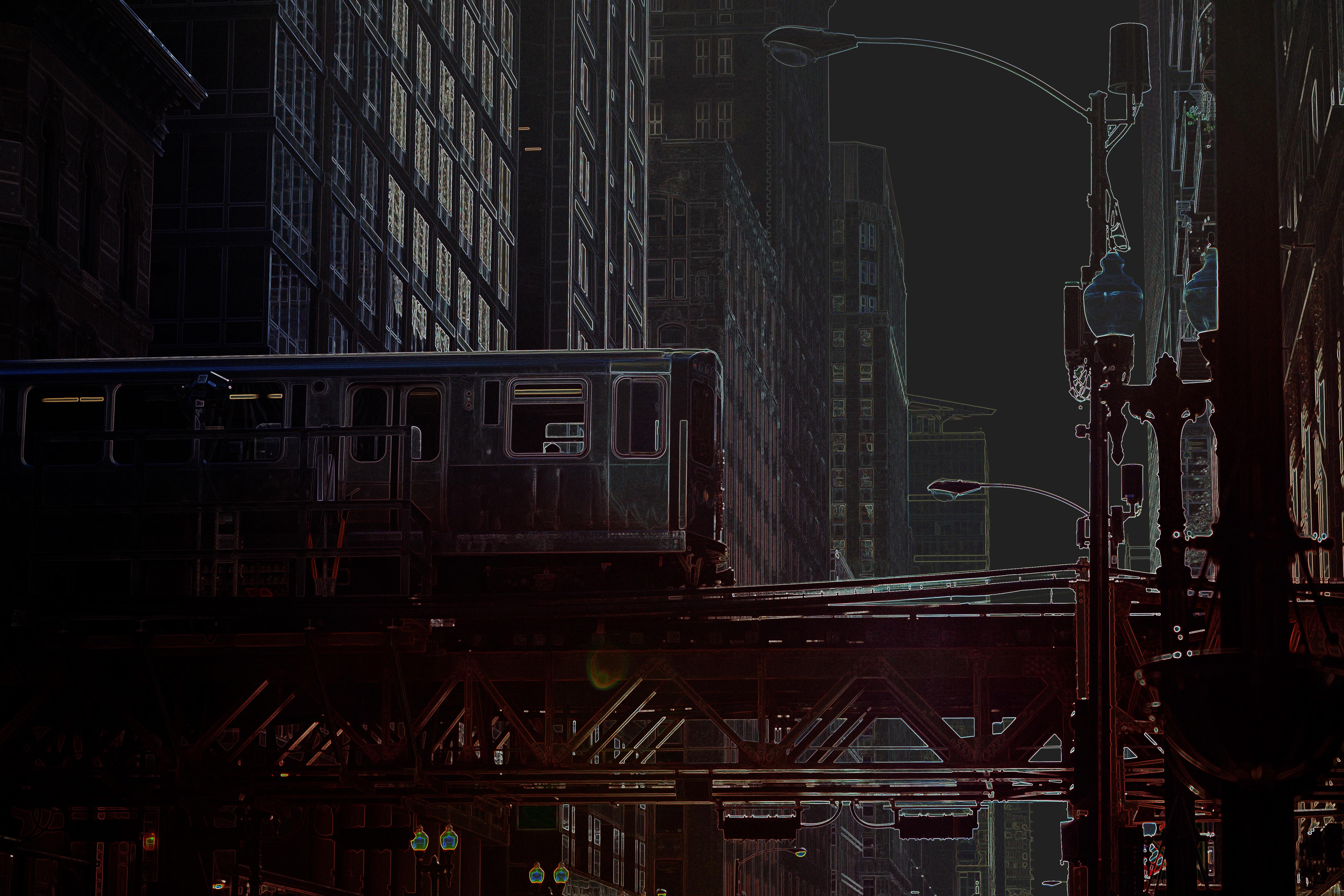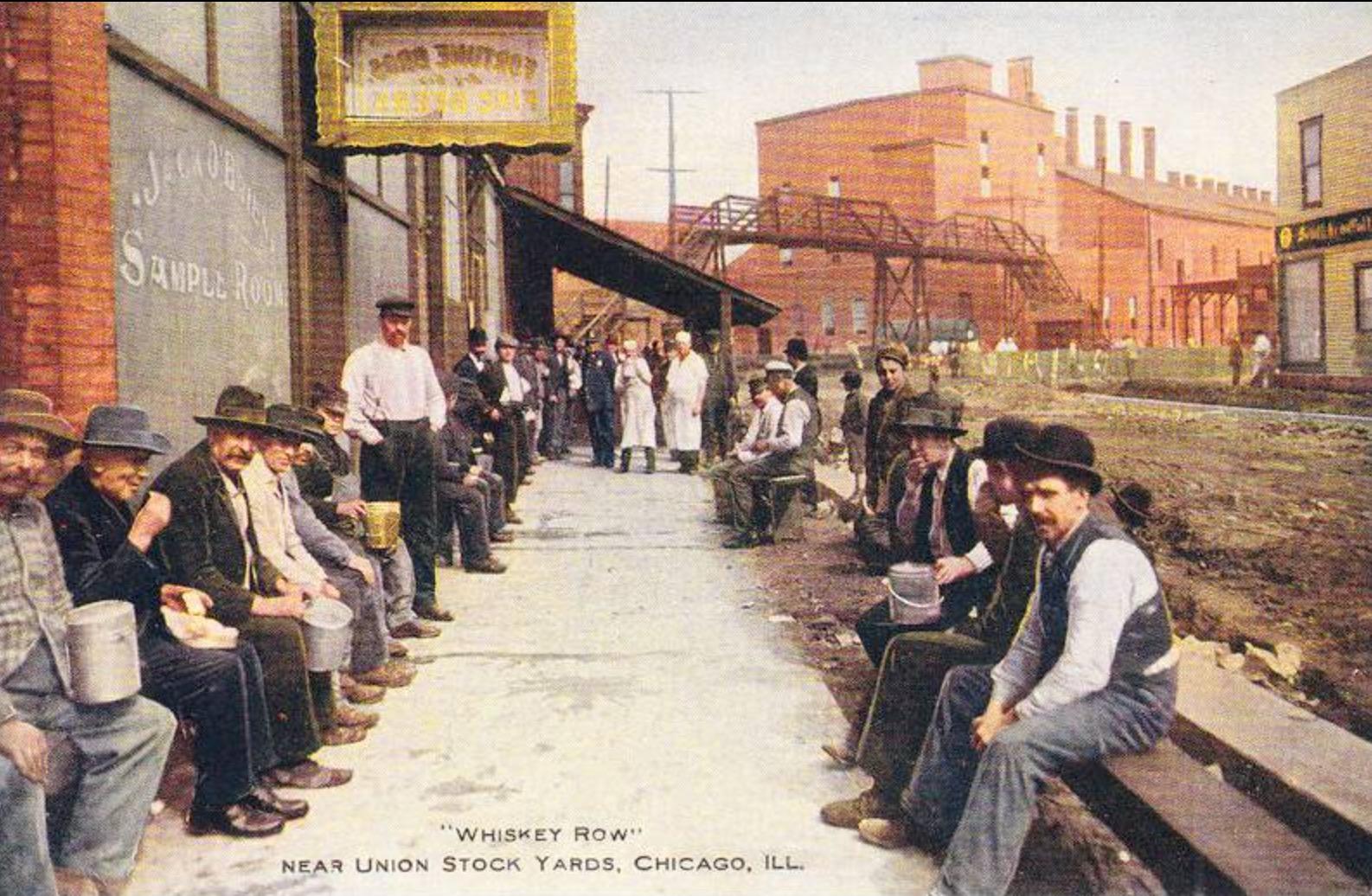














Back when we first had the idea of creating a fictional neighborhood to tie together a common comic story narrative based on those initial collaborations with participating urban youth, we set out to figure out what to call that fictional neighborhood. And we thought what better source to draw upon for such a name than our own backyard (no foreshadowing pun intended); Chicago, Illinois.
After all, Chicago was where this project was born. Where it was inspired. And where we would meet the initial participating youth for those early collaborations. Even before we ever knew this project would ultimately evolve into a comicbased project.
We would then begin to scour through the various neighborhoods in Chicago:
• Albany Park
• Bridgeport
• Bronzeville
• East Garfield Park
• Englewood
• Little Village

• McKinley Park
• Pilsen
• Rogers Park
• Ukrainian Village
And as we would go through that list over and over again, one particular neighborhood would always stand out to us: Back of the Yards.
There’s just something iconic about that name … “Back of the Yards.” And even more so, about its history.
The real Back of the Yards neighborhood extends from 39th to 55th Streets between Halsted and the railroad tracks along Leavitt Street in Chicago and was until the 1950’s the largest livestock yards and meatpacking center in the country. Attracting the attention of novelists and activists alike through much of the 20th century.
And in many ways, the real Back of the Yards neighborhood is symbolic of so many of our nation’s urban centers. An influx of European immigrants looking for a better life, back when manufacturing jobs were plentiful. Followed closely by an influx of African-American migrants from the rural South. All creating a vibrant melting pot of cultures unique to our nation’s great urban centers.
But, of course, those once plentiful jobs would soon begin to disappear due to economic forces beyond the control of those early residents. Steel would leave Cleveland. The auto industry would soon begin to abandon Detroit. A general exodus of manufacturing from Baltimore. It was just a different version of the same story for many of our nation’s urban centers.
And in the Back of the Yards’ case, it was the stockyards that would leave Chicago, leaving behind economic strain for those who could not also depart to the suburbs or elsewhere.
But what was also left was a proud, resilient and increasingly brown and black community, dynamically contributing to the ethos of its city. A city of neighborhoods. Chicago, Illinois.

We originally created the following little comic feature on the “real” Back of the Yards shortly after selecting Back of the Yards as the fictional setting for our comic series, the first of what we hope to be many more with your collaborations.
And with that, we plan to do many more short comic features based on the neighborhoods of other participating youth as part of this ongoing Neighborhoods & Their Residents collaborative Studio Card series. In our minds, you can’t really tell any comic story that set in an urban community without capturing some of the underlying elements and history of its neighborhood setting. In many ways, the neighborhood is as important as any comic character.
So, it was in that context we decided to put together a quick comic feature. The writer for this comic feature is Len Kody, and the illustrator is Dan Dougherty. Both very talented artists who have been early participants for this collaborative project.
So, without further ado, just click to begin the feature and if you’d like to see the full version of Issue 1, which includes this feature, you can do that also by clicking here and scrolling down to Issue 1!

